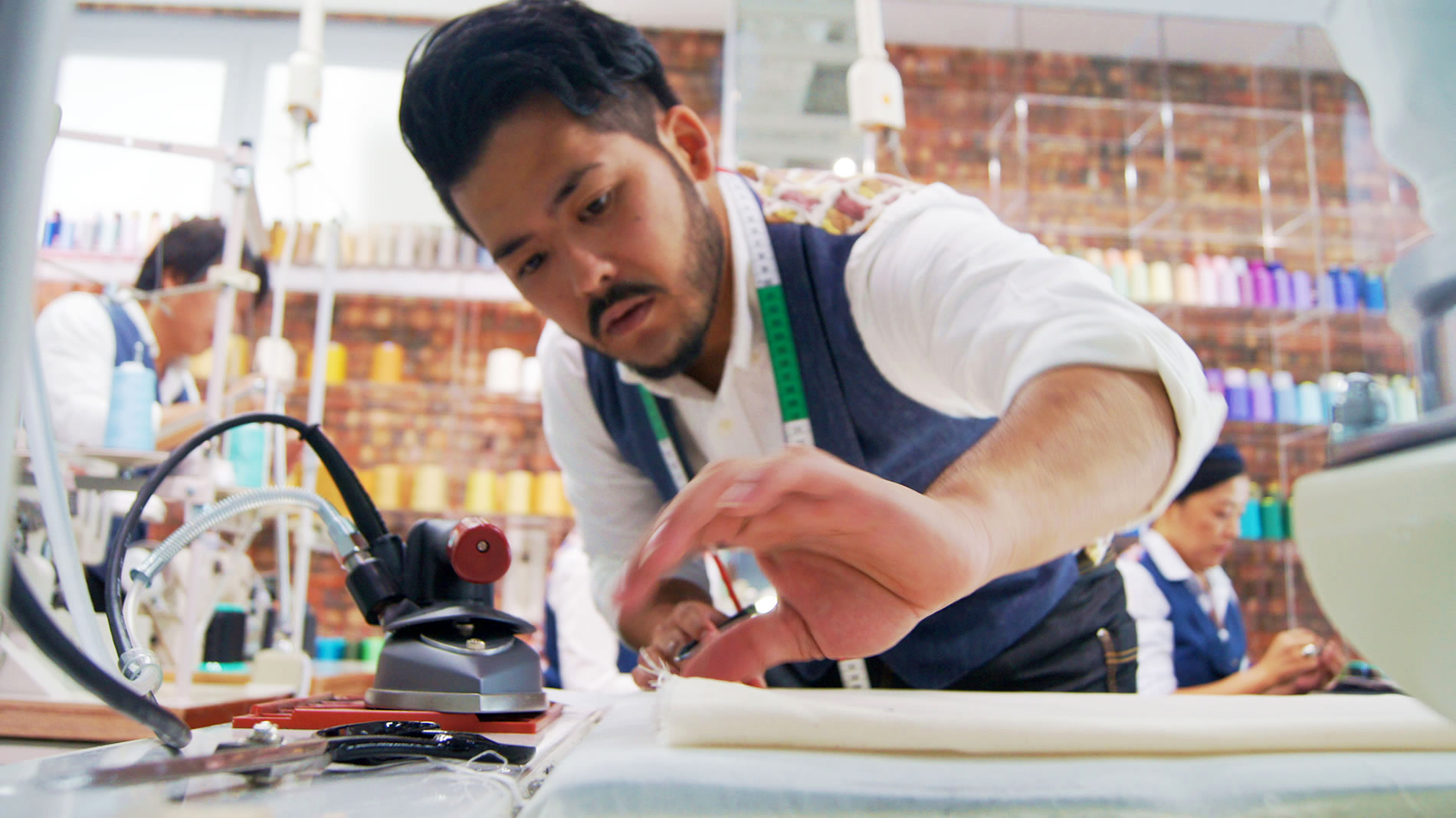As regular followers of Japanese fashion can attest, the industry can be seen as somewhat flirtatious, dallying with new debutantes, another sister brand, another collaboration, another short-term "limited shop" or another retail concept that makes the news but doesn't really change the game.
It is tempting to focus on the frippery, even if we are aware that the clothes we deck ourselves in are on a fundamental level more similar than different as we drift from season to season. So why not take a moment to meditate on the retail and marketing concepts that have subtly changed our relationship with fashion?
There have been shifts exemplified by the likes of shopping mall Parco's unexpectedly innovative new Parco_ya store, which opened in Tokyo's Ueno district on Nov. 4. It might not have had the fanfare of an entry like the city's new high-end Ginza Six building, but it marked a fundamental departure for Parco's series of stores that are resolutely self-defined as "fashion buildings." Despiteits cool underscore, Parco_ya is surprisingly traditional, or rather "neo-traditional," given that Edo Period establishments couldn't possibly have been quite as clean or glassy. Still, judging from the kamon-like (crest) logo to the bevy of traditional washoku cuisine eateries — a far cry from the allusions to the West favored by the Shibuya flagship — Japanese tradition is on-trend, even at a trailblazer like Parco.



















With your current subscription plan you can comment on stories. However, before writing your first comment, please create a display name in the Profile section of your subscriber account page.